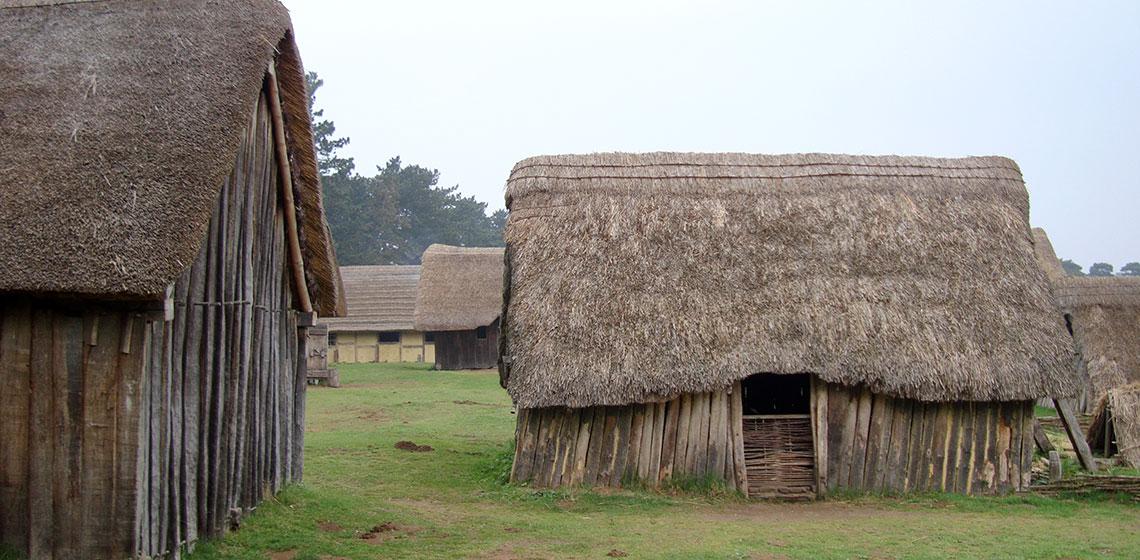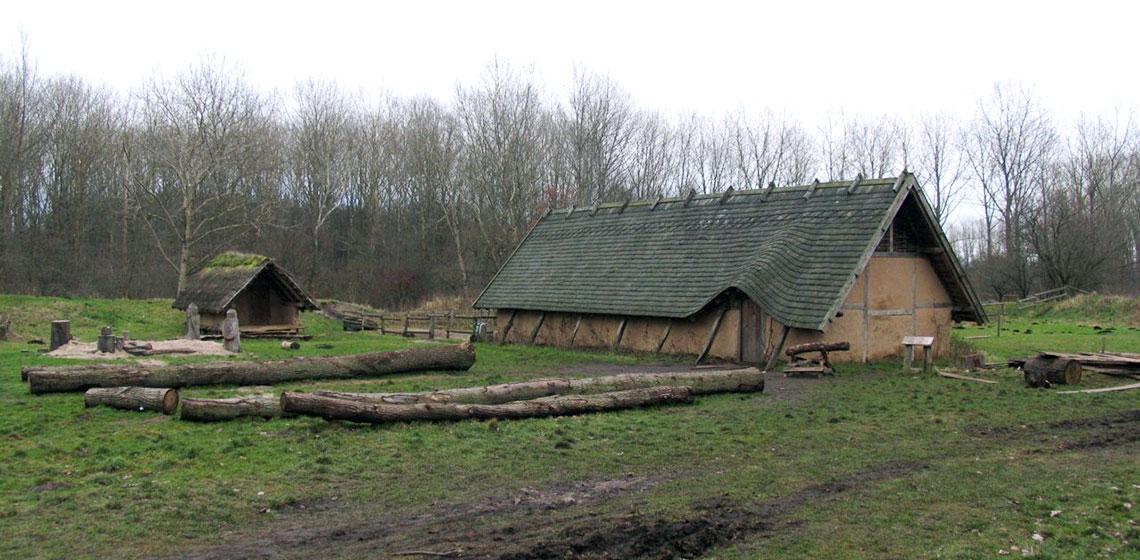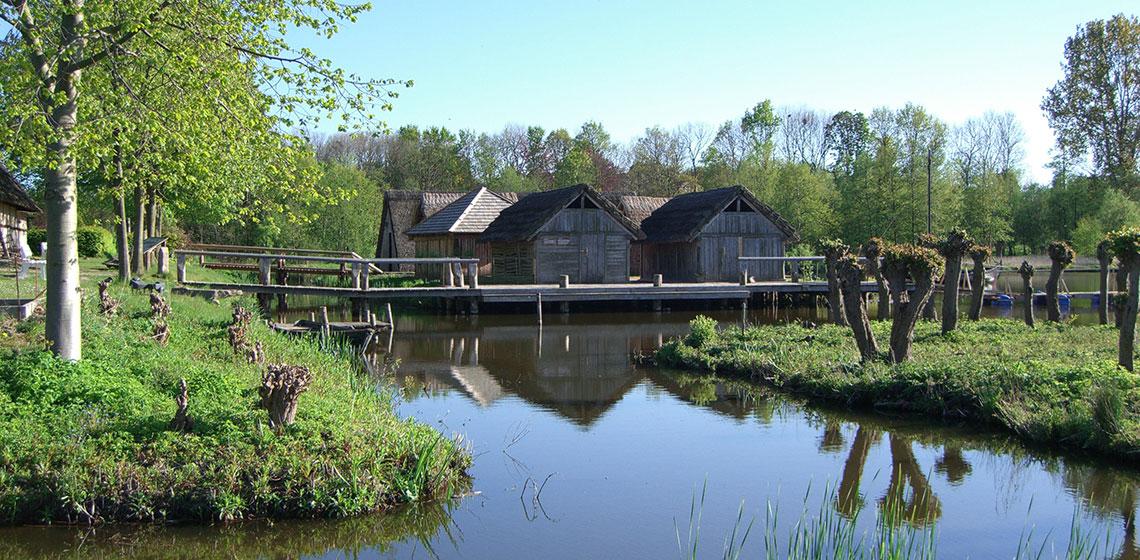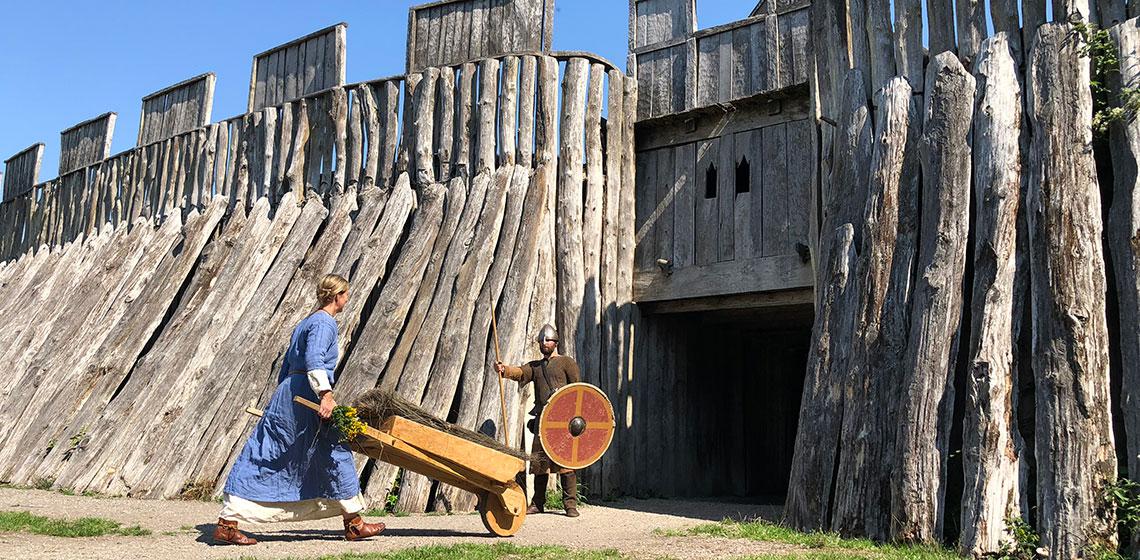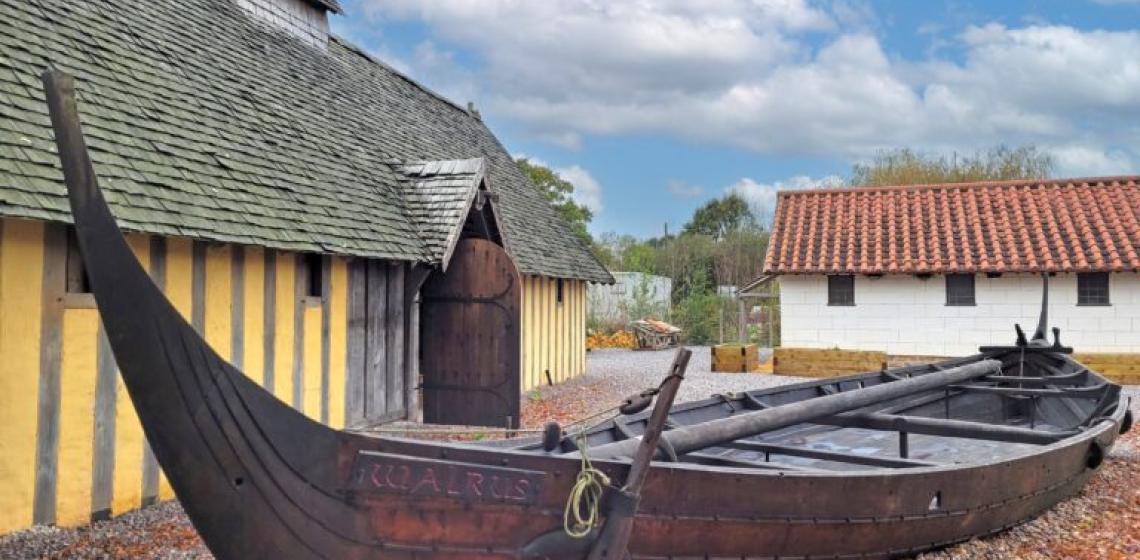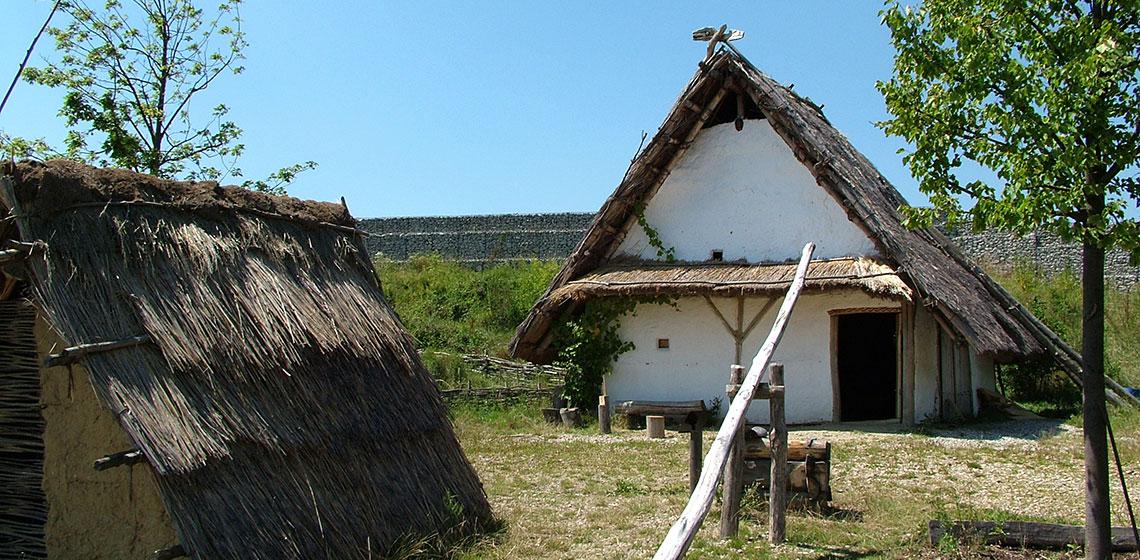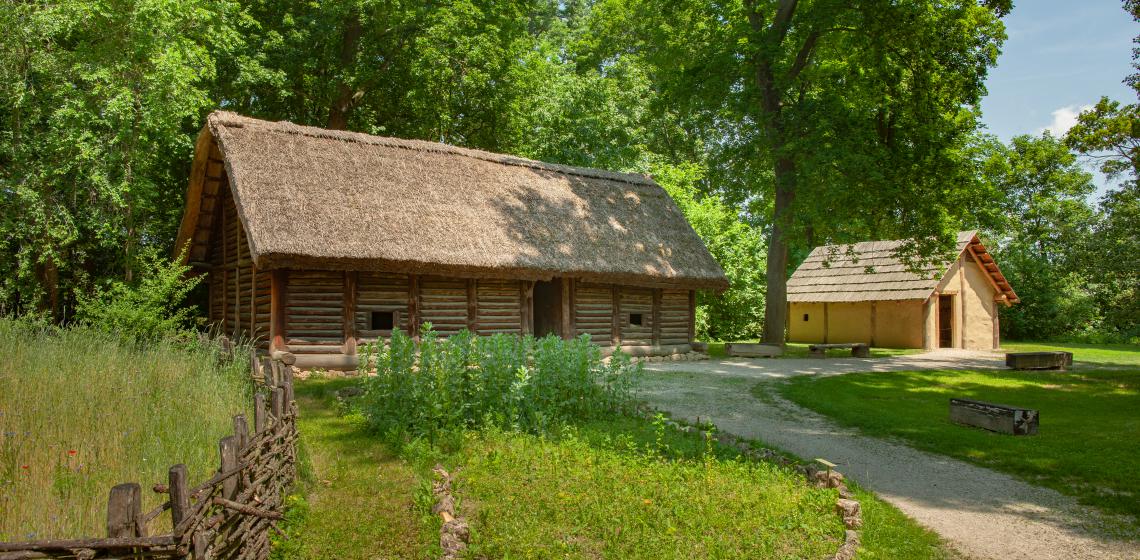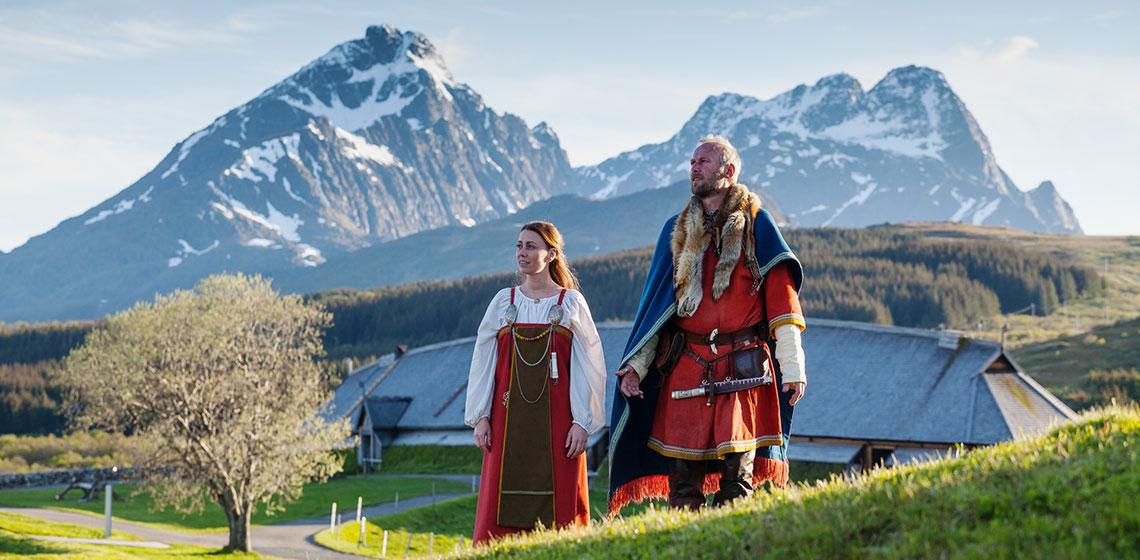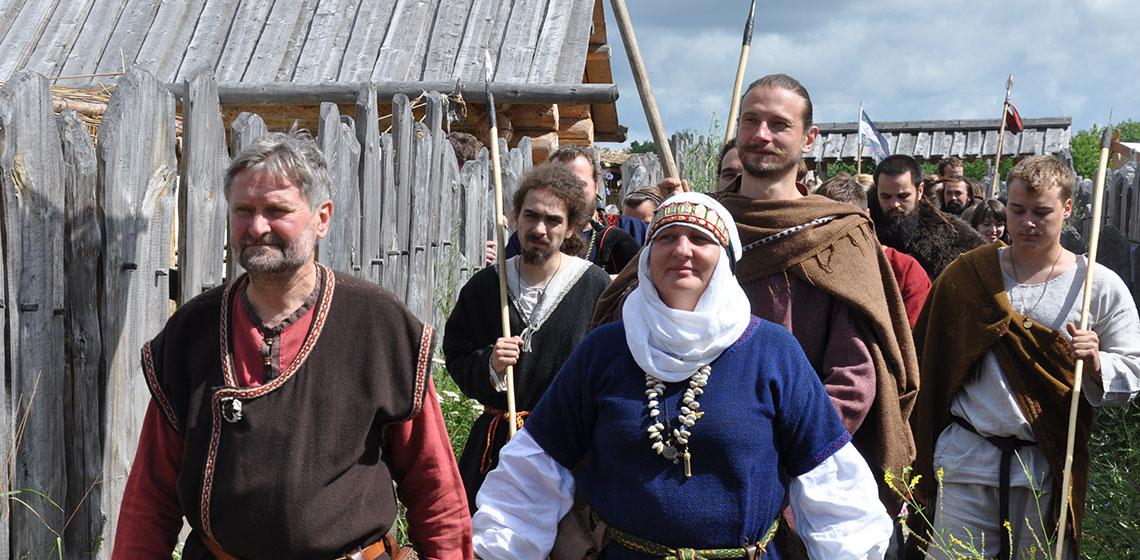West Stow Anglo-Saxon Village (UK)
An Anglo-Saxon cemetery was discovered close to the site in 1847 as a result of gravel extraction, and since then a number of antiquarians have investigated and treasure-hunted small parts of the hill on which the settlement is situated. The site was destined to become a rubbish tip for Bury St. Edmunds and aggregates were also still being extracted, so the Ministry of Works agreed to fund the excavations, the bulk of which took place between 1965 and 1972 by Stanley West.
An Anglo-Saxon cemetery was discovered close to the site in 1847 as a result of gravel extraction, and since then a number of antiquarians have investigated and treasure-hunted small parts of the hill on which the settlement is situated...

